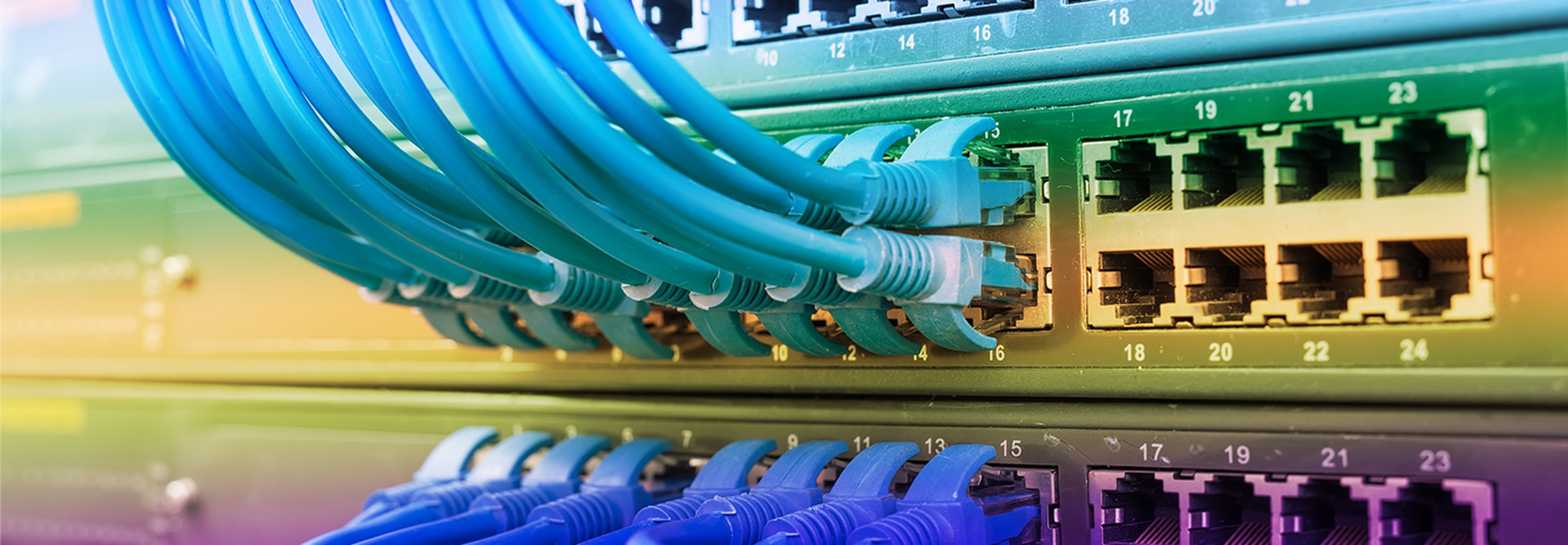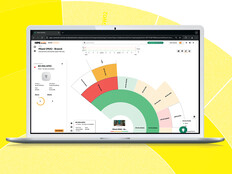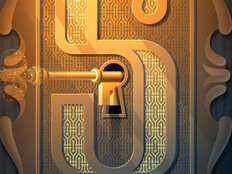Use Cases for CAT 6 vs. CAT 7 vs. CAT 8 Cabling
In addition to their data transfer capabilities, CAT 6, CAT 7 and CAT 8 also vary in their price points and use cases.
- CAT 6 Use Cases: With its standard data transfer speeds and distance limitations, CAT 6 cables are often used in homes and office buildings to connect computers, routers and other networking equipment.
CAT 6 patch cables — designed to support data transfer rates of up to 1Gbps, which is suitable for most networking applications — are also used to connect home security systems, wireless access points, smart TVs, printers and other technologies to a router or switch.
- CAT 7 Use Cases: CAT 7 cables are widely used across industries that demand high performance networking and data transfer infrastructure.
Because CAT 7 cables were originally developed for use in larger industrial Ethernet networks, they are able to withstand a broad range of environmental and mechanical hazards, such as exposure to ultraviolet light and moisture, temperature extremes, oils and chemicals. As a result, they are an ideal choice for robust outdoor applications such as railway cables.
CAT 7 cables are also becoming more popular in homes, used for LANs and expansive gaming setups.
- CAT 8 Use Cases: Capable of transmitting 2 billion signals per second, CAT 8 is commonly used in data centers and rooms for switch-to-switch communications. This makes it a viable alternative to fiber optics for 40Gbps networking. It’s frequently used in commercial environments such as schools, hospitals and large enterprises where high-quality data transmission is required.
These various use cases show that all three categories of cabling can be beneficial for home or business networks, but note that they are not interchangeable.
LEARN MORE: How the latest networking technology can supports digital transformation.
Determining Which Cable Solutions Are Right for Your Business
If none of the options above work for you, you might consider CAT 5 — still a viable option — for your networking operation. Choosing between CAT 6, CAT 7 and CAT 8 solutions can be daunting, but assessing which cable type is right for your business is doable.
A good first step is to evaluate your business’s networking needs. For instance, a small business won’t need the high processing power that a large enterprise needs.
Second, compare your requirements with your current networking capabilities to determine which cabling type can bridge the gap. You could also ask a tech adviser to help you evaluate specific cabling solutions, such as those from Tripp Lite and Axiom. A network assessment will identify your system’s strength and vulnerabilities.











